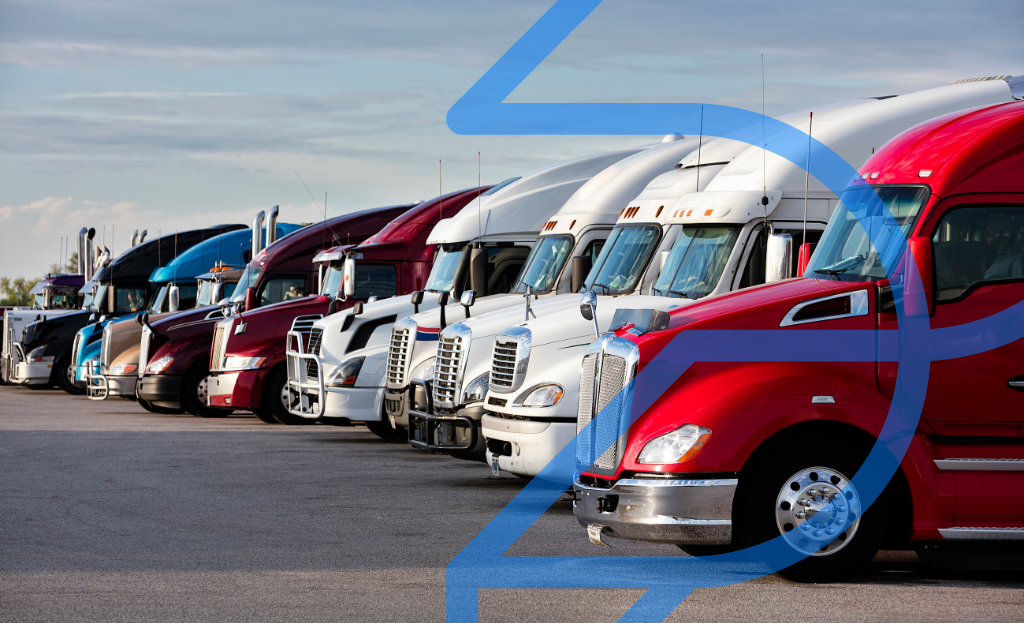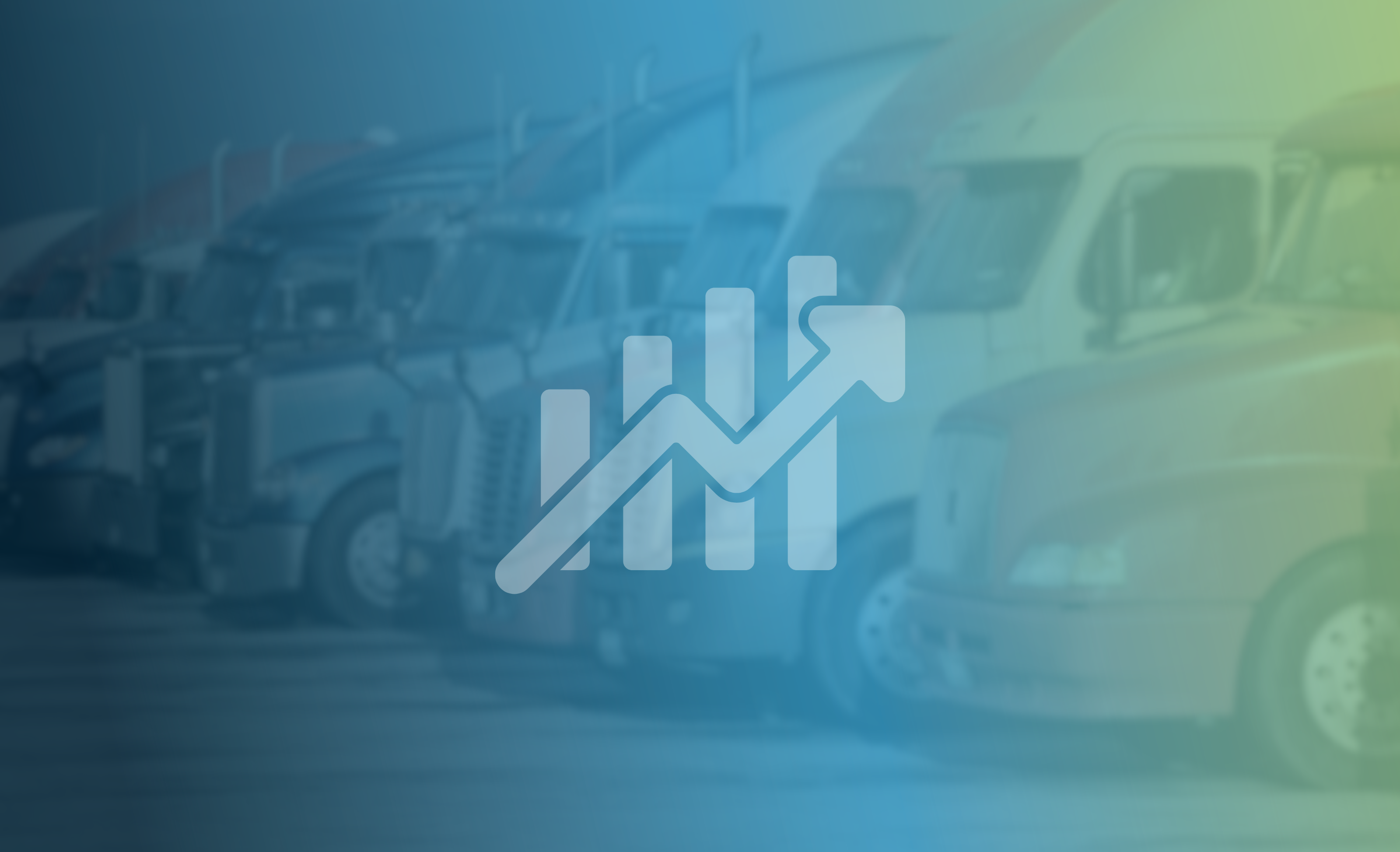Streamline Your Dealership: A Guide to Paperless Document Management
Managing documents at a dealership involves handling many papers related to operations, sales, service and inventory. Misplacing an important invoice...
3 min read
 DocuPhase
:
Jul 24, 2024 5:33:14 PM
DocuPhase
:
Jul 24, 2024 5:33:14 PM

Managing a heavy truck dealership involves juggling many tasks, from overseeing complex inventories to staying ahead in a competitive market. Automation offers a chance to streamline operations and enhance productivity, but how can you implement these changes smoothly without disrupting your current workflows?
In this blog, we’ll explore how to successfully integrate automation into your dealership. We'll cover how to secure leadership support, communicate effectively with your team, invest in comprehensive training, and take a phased approach to implementation.
Automation isn’t just a buzzword—it’s a transformative force. Across industries, including heavy trucking, automation is driving efficiency and innovation. According to the World Economic Forum, technological advancements are expected to impact 1.1 billion jobs in the next decade. For your dealership, this means automating routine tasks so your team can focus on growth and customer relations.
Embracing automation is not just about keeping up with technology; it's about advancing your dealership’s operations. Automation can reduce errors, streamline workflows, and improve overall efficiency. It’s a strategic investment that can lead to long-term benefits, including increased profitability and enhanced employee satisfaction.
Gaining buy-in from your dealership’s leaders is essential for a smooth transition to automation. Concerns about costs, ROI, and potential disruptions are common. Here’s how to address their concerns and highlight the benefits:
By framing automation as a strategic investment rather than an expense, you align leadership with the dealership’s long-term goals. This unified support is crucial for ensuring that the entire organization is on board with the changes.
Clear and open communication with your team is critical for the success of automation integration. Here’s how to keep everyone informed and engaged:
Transparent communication helps create a collaborative environment, easing the transition and promoting a supportive atmosphere where employees feel valued and informed.
A well-structured training program is key to a successful automation integration. Here’s how to approach it:
Investing in training not only boosts employee confidence but also highlights your commitment to their professional development. A knowledgeable team is better equipped to embrace automation and contribute to the dealership’s success.
Introducing automation doesn’t have to be an all-or-nothing approach. A phased implementation can help manage the transition more effectively:
This incremental strategy allows for troubleshooting and adjustments, minimizing resistance and disruption. By taking it step-by-step, you ensure that each phase of implementation is optimized before moving on to the next.
A dedicated change management team can guide the automation process effectively. Here’s how to build one:
This team will be the backbone of your automation initiative, ensuring that all departments are aligned, and the transition is managed smoothly.
Ongoing analysis is crucial for optimizing automation. Here’s how to track progress and refine your approach:
A data-driven approach ensures that automation continues to deliver value and aligns with your dealership’s evolving goals, facilitating continuous improvement and strategic decision-making.
Integrating automation into your heavy truck dealership is about preparing for long-term success. By securing leadership support, communicating effectively, investing in training, and implementing automation gradually, you can navigate the road to automation with confidence.
Investing in automation is an investment in your future. With thoughtful planning and strategic implementation, you’ll not only address today’s challenges but also position your dealership for tomorrow’s opportunities.
Ready to shift gears? Connect with an automation expert to explore how DocuPhase can seamlessly integrate with your current DMS, driving efficiency and growth for your dealership.

Managing documents at a dealership involves handling many papers related to operations, sales, service and inventory. Misplacing an important invoice...

The Power of a Well-Planned Budget Running a heavy truck dealership is like managing a fleet on a cross-country journey. Without a clear map or GPS,...

Picture your heavy truck dealership in full swing: Sales are up, customer satisfaction is at an all-time high, and dreams of expansion are on the...